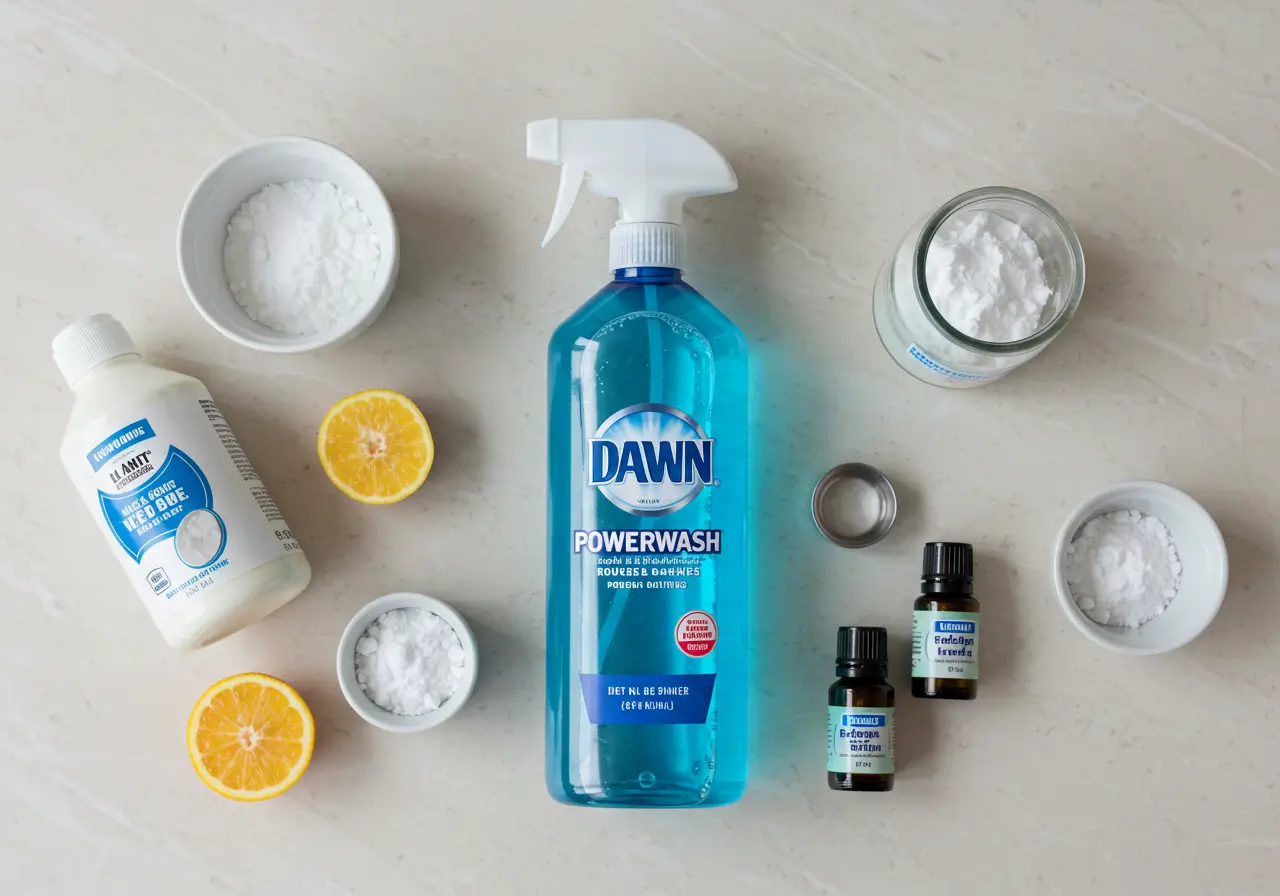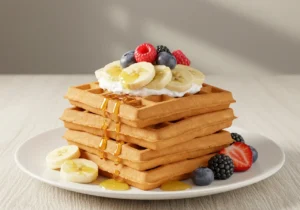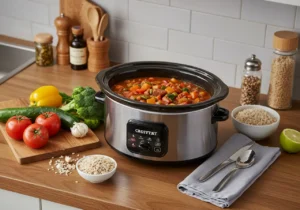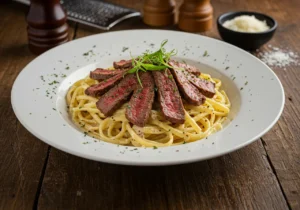Let’s face it—store-bought cleaning sprays like Dawn Powerwash Recipe are game-changers when it comes to tackling kitchen grease and bathroom grime. But here’s the kicker: they’re not exactly cheap. So what if you could whip up your own version at home with just a few common ingredients?
That’s exactly what we’ll dive into in this ultimate guide. You’ll learn how to make a DIY Dawn Powerwash recipe, explore the ingredients, tweak it to your needs, and even discover why this cleaner works so well. From cost comparisons to creative uses and expert safety tips, we’ve got you covered.
Whether you’re trying to cut costs, go greener, or just love a good cleaning hack, this guide’s for you.
Introduction to DIY Dawn Powerwash Recipe Spray
What Is Dawn Powerwash and Why It’s So Popular
If you’ve ever used Dawn Powerwash, you know it’s not your typical dish soap. Unlike traditional soaps that need a sponge and rinse, this stuff sprays on, clings to grime, and wipes off like magic. That’s why so many folks swear by it for more than just dishes—think stovetops, sinks, counters, and even greasy tools.
The secret? A powerful combo of surfactants and alcohol that cuts through messes fast. But, with a single bottle often priced higher than regular dish soap, it’s no wonder people are searching for a homemade Dawn Powerwash recipe that gives them the same cleaning punch without the cost.
The Rise of DIY Cleaning Solutions
Lately, there’s been a serious buzz around natural, budget-friendly cleaning options. From vinegar sprays to essential oil blends, DIY cleaners are everywhere—and for good reason. They’re easy to make, safe for families, and kind to the planet.
The DIY Dawn Powerwash recipe is one of the most searched-for hacks because it hits all the marks: effective, affordable, and super simple. Plus, with supply shortages and rising costs, making your own cleaner just makes sense.
Why Make Your Own Dawn Powerwash Recipe?
There are tons of reasons to mix up your own batch. First off, it’s way cheaper than buying the real deal every month. Second, you can reuse your spray bottle, which helps cut down on plastic waste. Third—and maybe most importantly—you control the ingredients. That means no weird additives or overpowering perfumes.
In short, making your own Dawn Powerwash spray is a no-brainer. You save cash, reduce waste, and still get a cleaner that works like a charm.
Ingredients for Homemade Dawn Powerwash Recipe
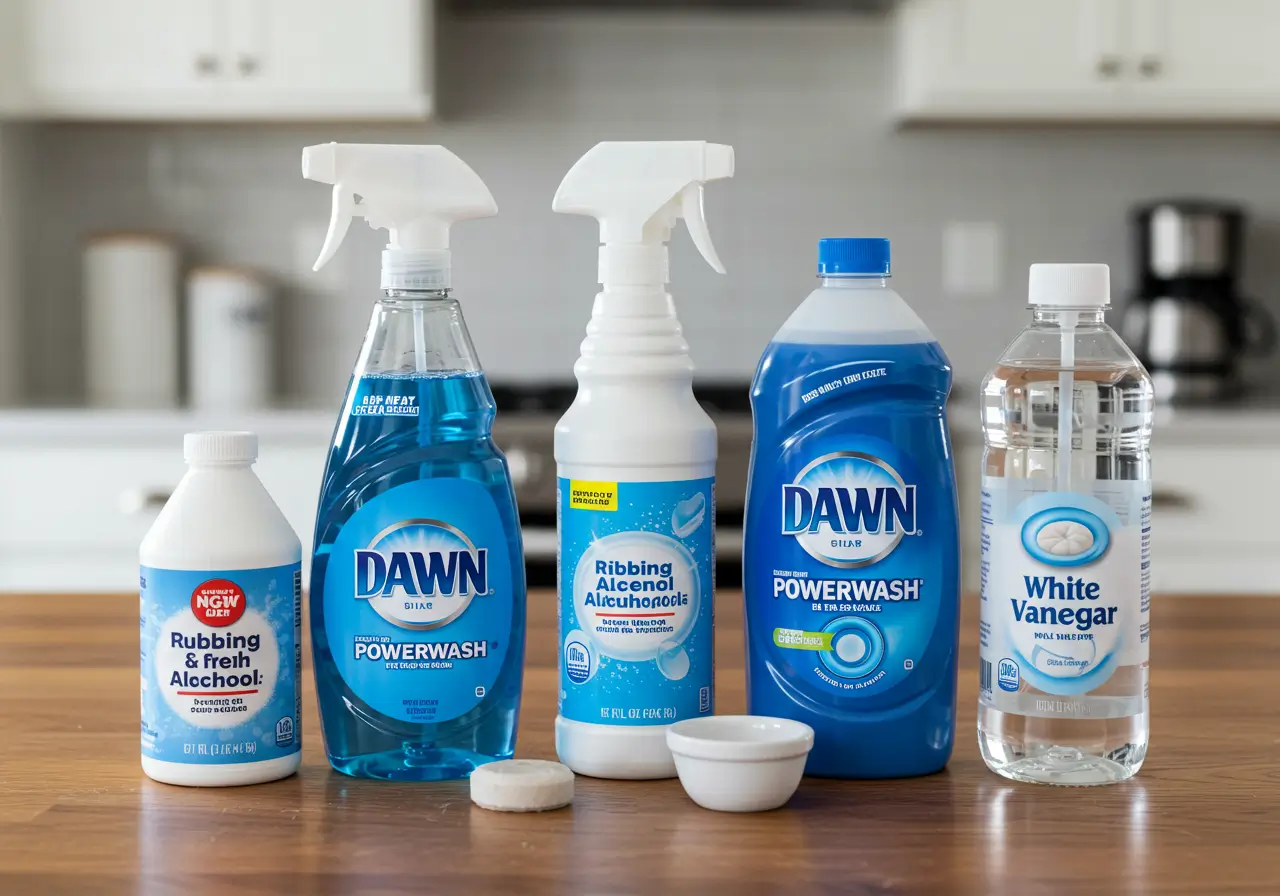
Essential Components: Dish Soap, Alcohol, and Water
Creating your own Dawn Powerwash recipe is surprisingly straightforward. The primary ingredients include:
- Dish Soap: The classic blue Dawn dish soap is renowned for its grease-cutting prowess. However, Dawn Platinum offers enhanced cleaning capabilities, making it a preferred choice for tougher grime.
- Isopropyl Alcohol: Typically, a 70% concentration is used. This component aids in breaking down stubborn residues and accelerates drying.
- Distilled Water: Opting for distilled water ensures the absence of minerals that could interfere with the cleaning process.
By combining these ingredients, you achieve a potent cleaner that rivals commercial versions.
Choosing Between Dawn Original and Platinum
While both variants are effective, Dawn Platinum contains additional surfactants, enhancing its ability to tackle baked-on food and grease. If you’re dealing with particularly stubborn messes, Platinum might be the better option. However, for everyday cleaning, the original formula suffices.
Optional Additions: Essential Oils for Fragrance
To personalize your cleaner, consider adding a few drops of essential oils:
- Lemon: Offers a fresh, citrusy scent and additional grease-cutting properties.
- Lavender: Provides a calming aroma, making cleaning a more pleasant experience.
- Peppermint: Imparts a refreshing scent and has natural antibacterial qualities.
These additions not only enhance the fragrance but can also boost the cleaner’s efficacy.
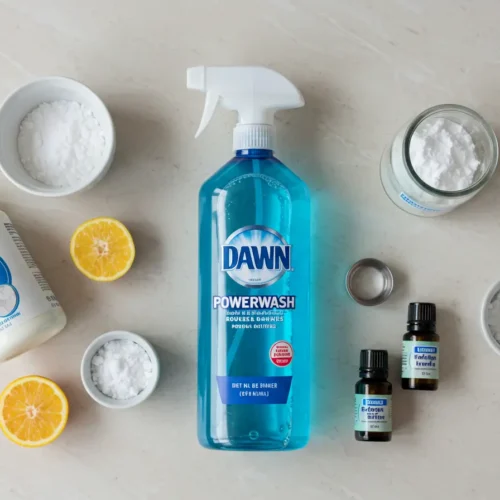
IY Dawn Powerwash Cleaner
Ingredients
- 2 tablespoons blue Dawn dish soap
- 1 tablespoon isopropyl alcohol 70% or 91%
- 1 tablespoon white vinegar
- 1 cup warm distilled water
- Optional 3–5 drops essential oils (lemon or lavender)
Instructions
- Add all ingredients to a clean, empty spray bottle.
- Gently swirl the mixture until combined (don’t shake to avoid foam).
- Use as needed—spray, wait 1–2 minutes, then wipe clean.
Notes
Step-by-Step Guide to Making DIY Dawn Powerwash
Measuring and Mixing the Ingredients
Begin by gathering your materials:
- 2 tablespoons of Dawn dish soap
- 1 tablespoon of 70% isopropyl alcohol
- Distilled water
- A 16-ounce spray bottle
Pour the dish soap and alcohol into the spray bottle. Then, fill the remainder of the bottle with distilled water, leaving about an inch of space at the top. This space allows for mixing without overflow.
Selecting the Right Spray Bottle for Optimal Use
While any spray bottle can suffice, using a foaming spray bottle replicates the texture of commercial Dawn Powerwash recipe. These bottles mix air with the solution, producing a foam that clings to surfaces, enhancing cleaning efficiency.
Tips for Achieving the Perfect Consistency
After combining the ingredients, gently invert the bottle several times to mix. Avoid vigorous shaking, as this can produce excessive foam inside the bottle. If the solution appears too thick, add a bit more distilled water to thin it out. Conversely, if it’s too runny, a small addition of dish soap can thicken it.
Letting the Mixture Sit: Does It Enhance Effectiveness?
Allowing the mixture to sit for a few hours can help the ingredients meld, potentially enhancing cleaning power. However, it’s not strictly necessary. If you’re in a hurry, the solution can be used immediately after mixing.
Variations and Customizations of the Dawn Powerwash Recipe
Adjusting Alcohol Concentration: 70% vs. 91% Isopropyl
While 70% isopropyl alcohol is standard, using a 91% concentration can increase the solution’s drying speed and disinfecting power. However, higher concentrations can be more drying to the skin and may emit a stronger odor. Therefore, choose based on your specific cleaning needs and sensitivity preferences.
Alternative Scents: Using Different Essential Oils
Beyond lemon, lavender, and peppermint, consider these options:
- Eucalyptus: Known for its refreshing scent and antimicrobial properties.
- Tea Tree: Offers a medicinal aroma and is renowned for its antibacterial qualities.
- Orange: Provides a sweet, uplifting fragrance and additional grease-cutting abilities.
Experimenting with different oils allows you to tailor the cleaner to your scent preferences and cleaning requirements.
Incorporating Vinegar for Enhanced Cleaning Power
Adding white vinegar to your Dawn Powerwash recipe can boost its ability to cut through mineral deposits and soap scum. To incorporate, replace half of the distilled water with white vinegar. However, be cautious: vinegar’s acidity can damage certain surfaces, such as natural stone. Always test on a small area first.
Using Different Types of Dish Soap: Pros and Cons
While Dawn is preferred for its proven grease-fighting capabilities, other dish soaps can be used:
- Pros: Alternative soaps may be more affordable or readily available.
- Cons: They might not produce the same foaming action or cleaning strength. Additionally, some may contain fragrances or dyes that could affect the final solution.
If experimenting with different soaps, start with small batches to assess effectiveness.
Cost Comparison and Environmental Benefits
Comparing Costs: DIY vs. Store-Bought Dawn Powerwash Recipe
Making your own Dawn Powerwash recipe can lead to significant savings. A store-bought 16-ounce refill typically costs between $3.94 and $4.94. In contrast, crafting a homemade version costs approximately $0.52 to $0.57 per 16-ounce batch, depending on the ingredients used.
Therefore, by opting for the DIY approach, you can save over 85% per refill. Over time, these savings accumulate, making it a cost-effective alternative for households.
Environmental Impact: Reducing Waste and Chemical Exposure
Beyond the financial benefits, creating your own Dawn Powerwash recipe contributes positively to the environment. By reusing spray bottles, you reduce plastic waste, minimizing the environmental footprint associated with single-use plastics.
Additionally, homemade cleaners often contain fewer harsh chemicals, leading to improved indoor air quality and reduced exposure to potentially harmful substances citeturn0search4. This shift not only benefits personal health but also lessens the environmental impact of chemical runoff and pollution.
How to Use Dawn Powerwash Effectively

Application Techniques: Spray, Wait, Wipe
Using the Dawn Powerwash recipe effectively involves a simple three-step process:
- Spray: Apply the solution directly onto the dirty surface.
- Wait: Allow it to sit for a few minutes to break down grease and grime.
- Wipe: Wipe the area clean with a damp cloth or sponge.
This method is particularly effective for tackling stubborn residues on dishes, stovetops, and countertops.
Versatile Uses: Beyond the Kitchen
The Dawn Powerwash recipe isn’t limited to kitchen use. Its grease-cutting properties make it suitable for various cleaning tasks:
- Bathroom Cleaning: Effectively removes soap scum and grime from tiles and glass surfaces.
- Laundry Pre-Treatment: Spray on greasy stains before washing to enhance stain removal.
- Outdoor Equipment: Cleans patio furniture, grills, and gardening tools with ease.
By utilizing this versatile cleaner throughout your home, you can simplify your cleaning routine and reduce the need for multiple specialized products.
Safety Tips and Storage Guidelines
Safe Handling: Precautions with Alcohol and Essential Oils
When preparing and using your Dawn Powerwash recipe, it’s essential to handle ingredients safely:
- Isopropyl Alcohol: Highly flammable; keep away from open flames and heat sources.
- Essential Oils: Concentrated and potent; use sparingly and avoid direct skin contact.
Always work in a well-ventilated area and consider wearing gloves to protect your skin.
Storage Recommendations: Maintaining Effectiveness
Proper storage ensures the longevity and effectiveness of your homemade cleaner:
- Container: Use a clean, airtight spray bottle to prevent contamination.
- Location: Store in a cool, dark place away from direct sunlight and heat.
- Labeling: Clearly label the bottle with contents and preparation date.
By following these guidelines, you can safely enjoy the benefits of your DIY Dawn Powerwash recipe while minimizing risks.
For more cleaning tips and DIY recipes, explore our other articles on homemade cleaning solutions.
Frequently Asked Questions (FAQ) About the Dawn Powerwash Recipe
Can I Use Other Brands of Dish Soap Instead of Dawn?
Yes, you can use other dish soap brands, but there’s a catch. While many dish soaps have grease-cutting abilities, Dawn is known for its superior cleaning power and consistent results in DIY solutions. Therefore, if you’re aiming for that same foaming action and strong performance, Dawn remains the top choice. However, if you’re experimenting, start with a small batch to test the effectiveness of your chosen soap.
Is the DIY Version as Effective as the Store-Bought Dawn Powerwash?
In many cases—yes! The homemade Dawn Powerwash recipe mimics the store-bought version remarkably well when you follow the right ratios and use quality ingredients. On the other hand, store-bought products may include additional stabilizers and surfactants for extended shelf life and consistency. However, for everyday household cleaning, most users find the DIY version perfectly sufficient.
How Long Does Homemade Dawn Powerwash Last?
Typically, a batch of homemade Dawn Powerwash lasts up to 2 to 3 weeks if stored properly. It’s best to make it in small quantities to ensure freshness and maximum potency. If it starts to lose its scent or effectiveness, just mix up a fresh batch—it only takes a few minutes!
Can I Use This on Nonstick Cookware?
Yes, but with care. While the solution is generally gentle, nonstick coatings can be sensitive over time. Therefore, use a soft sponge and avoid scrubbing too hard. Also, avoid using abrasive essential oils like lemon or orange on nonstick surfaces unless well-diluted.
Is It Safe for Pets?
That depends on the essential oils you use. Some oils like tea tree and peppermint can be toxic to pets if ingested or inhaled in large amounts. Thus, if you have pets at home, it’s best to skip the oils altogether or use pet-safe options like lavender in minimal amounts.
